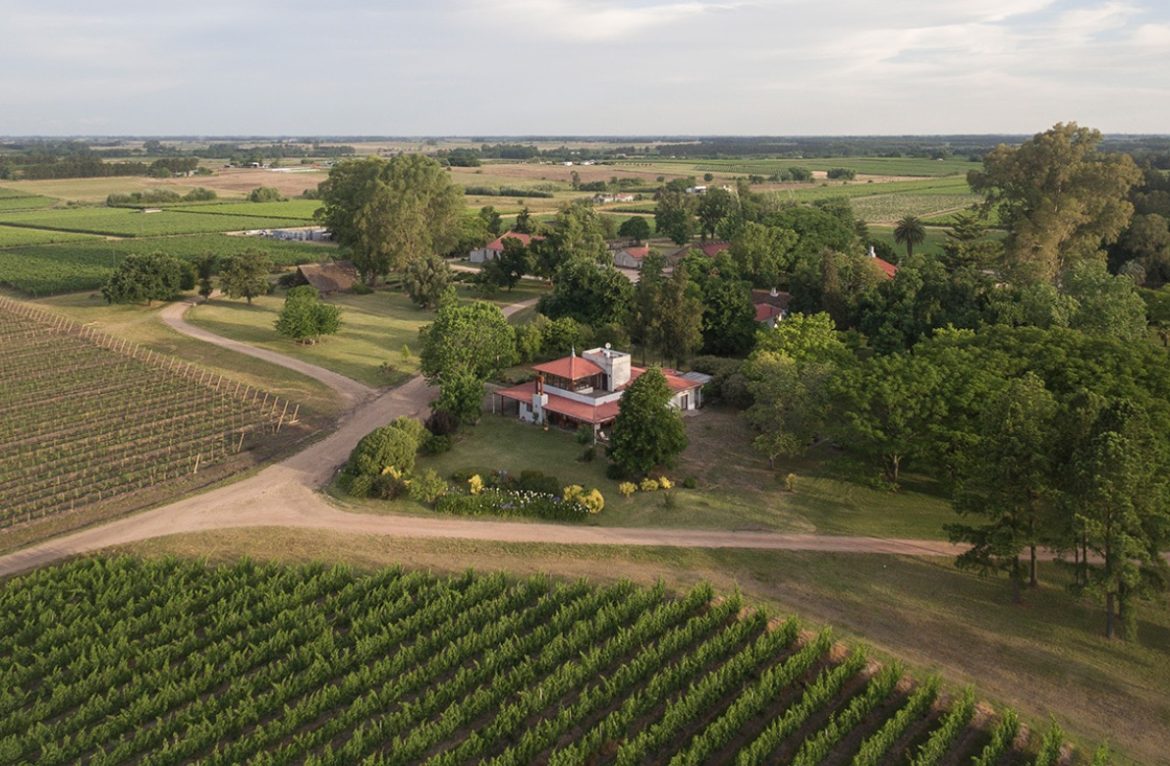Registered wineries on The Squeeze Magazine
Spinoglio winery in Montevideo has its history rooted in the 19th century but is focused on making modern wines today that combine the innovative vision of fourth-generation vigneron Diego Spinoglio while respecting the family tradition first brought from the Piedmont over 100 years ago.
About Bodega Spinoglio winery
About the Spinoglio family
Luigi Spinoglio came from Casale Monferrato in the Piedmont, Italy, and settled in Uruguay at the end of the late 19th century to start a new life in the New World. His grandson, Angel Spinoglio, then started a new chapter in the family’s wine story by purchasing a historic estate in Montevideo’s Cuchilla Pereyra wine region, which was originally founded in 1898.
Today the historic estate is run by Diego Spinoglio, the fourth generation of the family making wines in Uruguay.
About the vineyards
With vineyards in Cuchilla Pereyra wine region of Montevideo, the vines benefit from the mild coastal climate and have rich clay soils.
Bodega Spinoglio has a wide range of vines planted, including Sauvignon Blanc, Cabernet Franc, Cabernet Sauvignon, Tannat, Chardonnay and Merlot, which are used for their range of red, white, rosé and sparkling wines. One of the true gems in their vineyard is the
About Bodega Spinoglio wines
ESTIBA RESERVADA
Making a range of wines from their vineyards in Montevideo, Bodega Spinoglio’s top range is the complex Estiba Reservada Tannat and Chardonnay wines which come from select barrels from the best plots each vintage.
TONEL DIEZ
Tonel Diez is a full-bodied red blend made from the best grapes from the vintage.
WALICXE
Walicxe is the top-of-range Brut Nature traditional method sparkling wine.
DIEGO SPINOGLIO SINGLE VINEYARD
Diego Spinoglio Single Vineyard is another premium range that includes varietal wines, as well as an unoaked Tannat.
TIERRA ALTA RESERVA
Tierra Alta Reserva is the flagship line of the winery with a Chardonnay, Cabernet Sauvignon, Tannat, and Merlot-Tannat blend which spend some time in oak.
TIERRA ALTA
Tierra Alta is the everyday and easy-drinking line which includes a Sauvignon Blanc, Cabernet Sauvignon, Tannat, and a rosé made from Cabernet Franc.
Visiting Bodega Spinoglio
You can visit the family winery for a tasting and tour with plenty of family-friendly options, including children’s games and free bicycles to use to explore the vineyards. You can choose between the Reserve Experience, which includes a tasting of four wines and nibbles paired by the chef; or stay for a tasting followed by lunch at MonfrÀ restaurant.
The restaurant serves homemade dishes, usually cooked over the open flame, and can be specially paired with wines in a four-course tasting experience.















